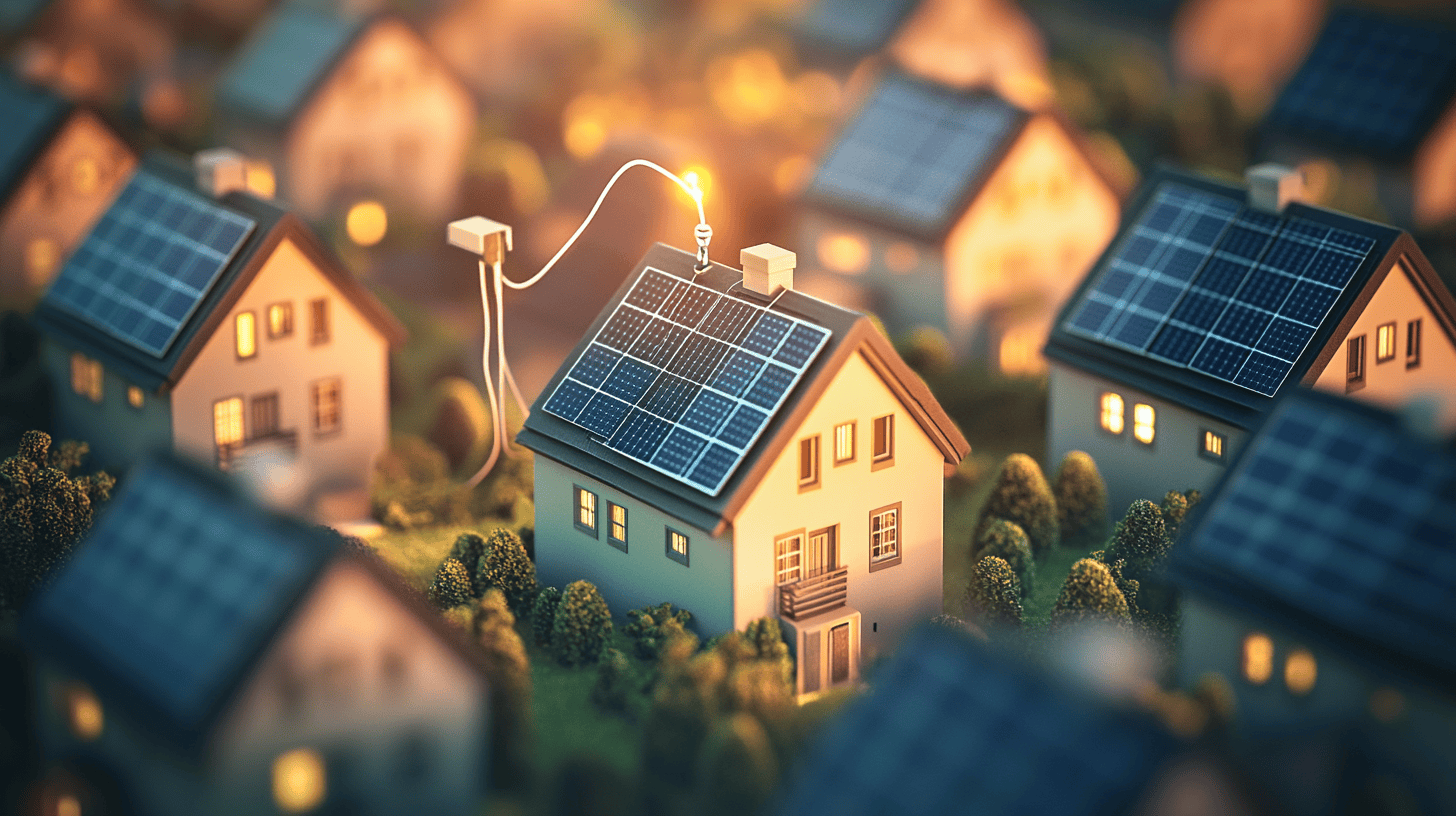
A solar revolution is sweeping across Germany as over 500,000 households embrace plug-and-play solar systems. These easy-to-install panels, costing as little as €200, are transforming balconies and yards into personal power stations. The trend, fuelled by relaxed regulations and government subsidies, has added a staggering 9 gigawatts of photovoltaic capacity in early 2024 alone.
Why this is important:
DIY solar panels have the potential to empower homeowners with affordable, easy-to-install renewable energy, cutting electricity bills for them and carbon emissions for all.
Homeowners and renters alike are joining the green energy movement, with systems typically paying for themselves within three years. This grassroots initiative is not only slashing electricity bills but also significantly contributing to Europe’s climate goals. As the technology evolves, integrated batteries are allowing users to store energy for evening use, further enhancing the appeal of these DIY solar solutions across the continent.
How do the plug-and-play solar panels work?
Plug-and-play solar panels are designed for simplicity. They require no professional installation or complex setup. Homeowners can hang these lightweight panels from their balconies or place them in their gardens. The panels connect directly to a standard power socket, allowing them to feed generated electricity into the home’s power system. This ease of use has made solar energy accessible to a broader audience, including those in rented properties.
According to Netbeheer Nederland, the number of Dutch households with solar panels saw a substantial increase last year, climbing from 2 million to 2.6 million. As a result, 32 % of homes now have solar panels installed. These new DIY solar panels could translate into a push towards an even higher percentage throughout the year, given its affordability and convenience.
The benefits
The affordability of these solar panels, starting at €200, has been a key driver of their popularity. Cities like Berlin offer subsidies up to €500, potentially covering half the cost of a solar kit. These systems typically pay for themselves within three years through savings on electricity bills. Besides reducing household expenses, these panels contribute to a larger goal of reducing carbon emissions.
Companies like Meyer Burger are at the forefront of promoting sustainable manufacturing for solar panels. Their products are free from lead and other harmful substances, ensuring they are environmentally friendly. Additionally, Meyer Burger offers rental options for these panels, making them an attractive choice for renters who might move frequently.
In the Netherlands, Supersola, is also selling these portable solar panels, plugged directly into an electrical outlet and easily relocated somewhere else in your home or if you move houses. On sunny days, appliances connected to the same circuit can run off the panel’s power, the excess energy can be stored in home batterie which can have a positive impact in your household energy management.

The caveats
Despite the benefits, there are challenges associated with DIY solar installations. Proper mounting and safety considerations are crucial, as modules can weigh up to 24 kg. Expert advice is recommended to ensure secure installation. Additionally, while Germany promotes these systems, some countries, like Belgium, have banned plug-in solar devices due to grid concerns. Electricity supply must be closely monitored and unexpected fluctuations risk resulting in power outages. This highlights the need for balanced regulations to support the safe and effective implementation of solar technology.
Nevertheless, what is clear is that the success of balcony solar systems in Germany is becoming part of a global trend. Similar systems are gaining popularity in countries like China and Italy. In China, large apartment buildings in cities like Hangzhou are increasingly adopting mini solar systems. Italy’s largest electricity supplier, Enel, is promoting plug-and-play home energy generation, reflecting a broader interest in decentralized energy solutions across Europe.

